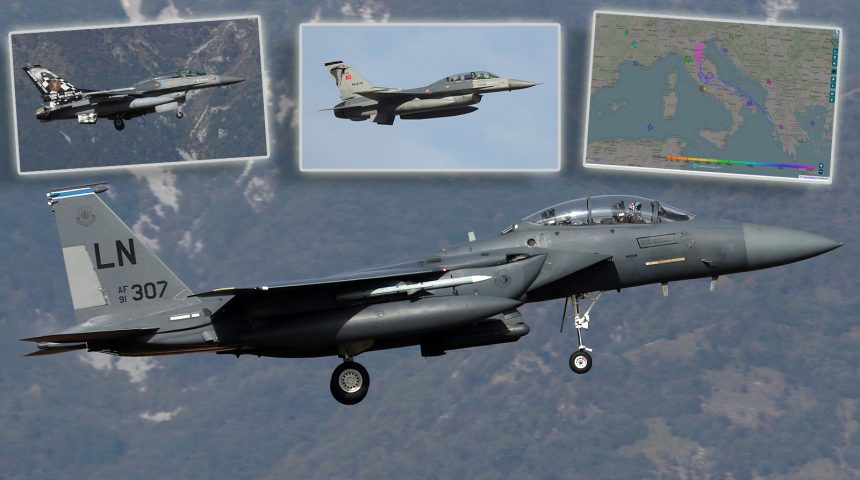“Steadfast Noon” gathers aircraft and personnel from 14 NATO countries. The bases used for the drills are Aviano AB and Ghedi, in Italy.
NATO’s yearly “deterrence” exercise, codenamed “Steadfast Noon”, kicked off on Oct. 18, 2021. Dozens of aircraft from across the alliance are currently deployed to Italy and will carry out joint training during the 1-week drills.
As already happened in the past, this year’s Steadfast Noon takes place alongside another exercise, dubbed “Cross Servicing” or “X-Servicing”, whose goal is to test the ability of each partner to service other nation’s aircraft at NATO airfield operating on their territory. Actually, it looks like that X-Servicing or any other exercises preceding or coinciding with the Steadfast Noons are somehow used to disguise the main one considered the political sensitivity of the nuclear mission in many NATO countries.
Anyway, the routine Steadfast Noon strike exercise is hosted by a different NATO country (or two) each year usually at two air bases where U.S. tactical B61 nuclear bombs are stored. This year, the two Italian air bases involved in the exercise are Ghedi AB and Aviano AB, in the northeastern part of the country. According to the Federation of American Scientists, 35 B-61s are stored at the two bases in Italy.
The flying activity (that needless to say does not involve any “live” armament), is carried out (in specific days made public by AIP Supplement) inside restricted airspace in central and northeastern Italy and the Adriatic Sea.
Da martedì ha inizio l’esercitazione militare “NATO Cross-Servicing 2021” sull’Italia centro-settentrionale https://t.co/9pv9YzhP6a
— Desk Aeronautico (@DeskAeronautico) September 12, 2021
Since they are sort of back-to-back exercises, both X-Servicing and Steadfast Noon involve the same aircraft on the same bases: the missions are flown by DCA (Dual Capable Aircraft) – aircraft from Belgium, Germany, Italy, the Netherlands, Turkey and the U.S. that are able to perform either conventional or theater nuclear missions carrying the B61 bomb – along with non-nuclear aircraft that support the mission under the SNOWCAT (Support of Nuclear Operations With Conventional Air Tactics) program, which is used to enable military assets from non-nuclear countries to support the nuclear strike mission without being formally part of it.
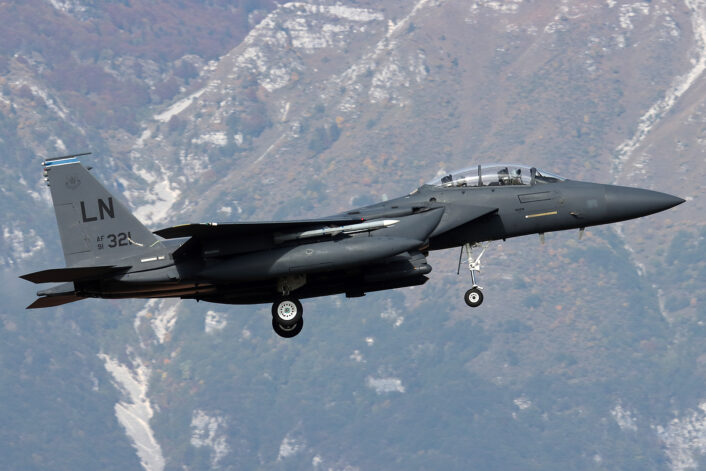
The DCA aircraft committed by the nuclear capable European air forces are always the same, since they are the only ones configured to carry the B61: German and Italian Air Force Tornado IDS; Belgian, Dutch and Turkish F-16s. The American participation involves the tactical assets based in Europe: F-16s and F-15Es.
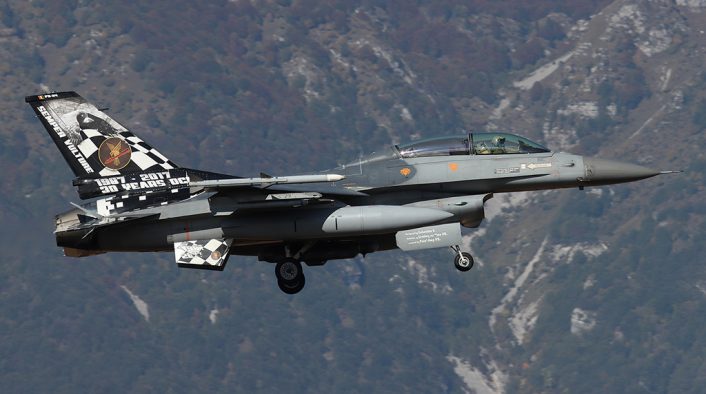
For what concerns the non-nuclear and support assets, the 2021 iteration of Steadfast Noon/X-Servicing drills see the participation of five Czech Air Force JAS 39 Gripens and three Polish Air Force F-16s, along with NATO E-3A AWACS and Italian Air Force G550 CAEW (Conformal Airborne Early Warning).
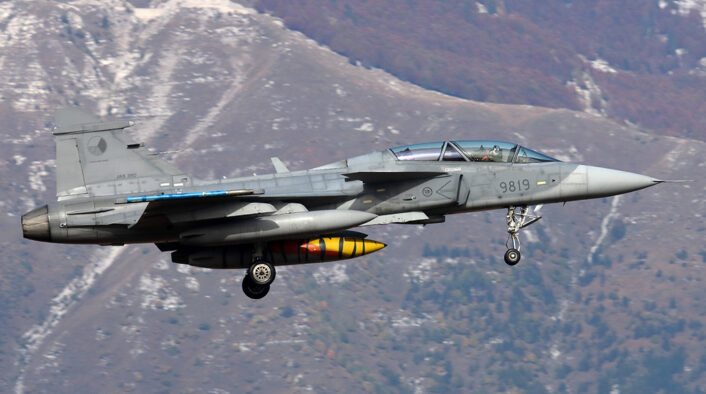
In particular, the Belgian, Turkish and Polish F-16s, along with the Czech Gripens and U.S. F-15E are deployed to Aviano AB, while Ghedi AB, home of the Italian Tornado fleet, hosts the Dutch F-16s and German Tornados.
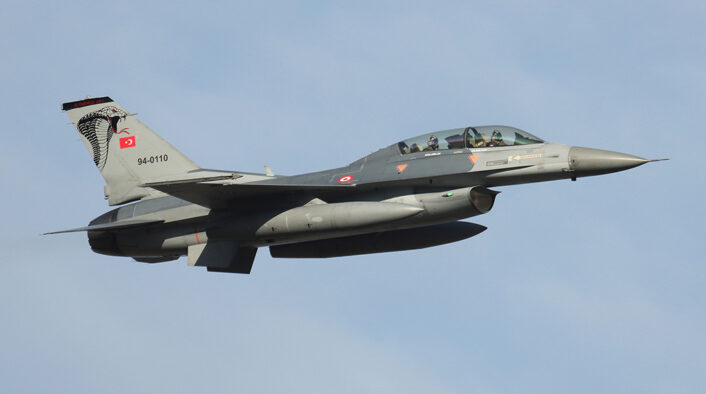
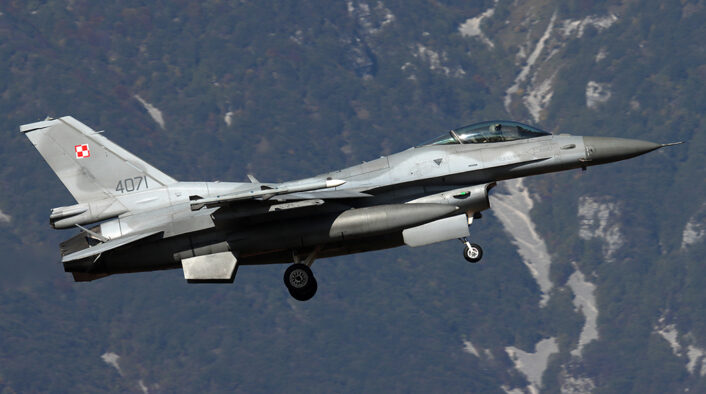
Even though, NATO is usually quite tight-lipped when it deals with this kind of exercise, you can get an idea of the flying activity thanks to some OSINT: flight tracking websites show some of the assets taking part in the drills as they operate inside the restricted airspaces announced by relevant NOTAMs (Notice To Airmen). Then, you can also get some interesting photographs to cross correlate the rest of the information, thanks to the aircraft spotters taking shots outside the main operating bases.


